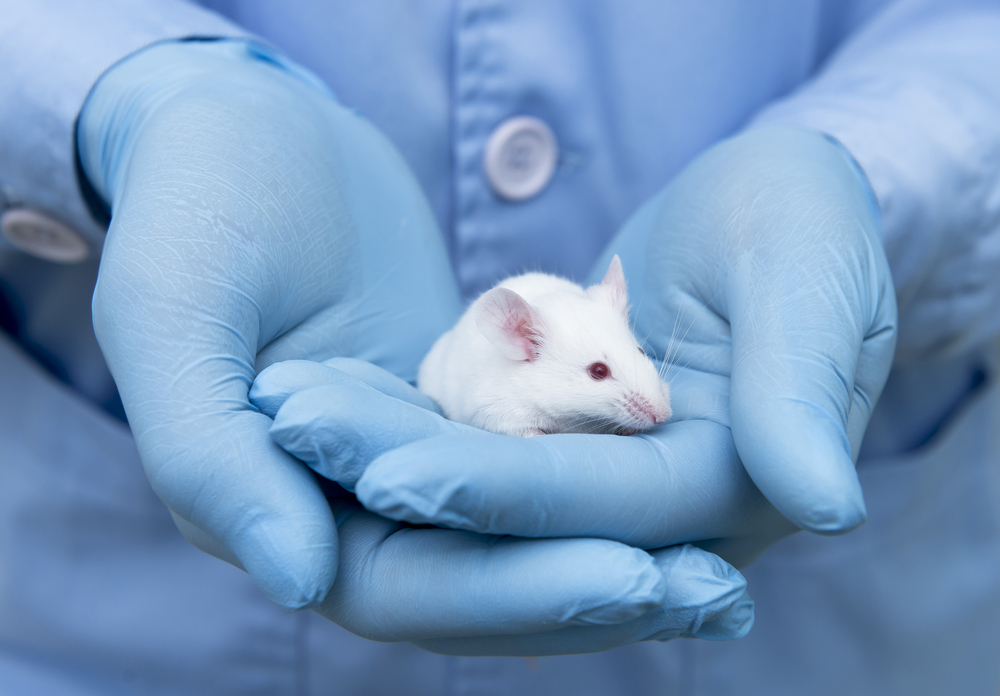Plant-derived Compound May Treat Skin Fibrosis in Scleroderma, Study Suggests

Treatment with plant-derived salvianolic acid B (SAB) reduced skin fibrosis in a mouse model of scleroderma. The findings suggest that SAB may be an effective treatment for people with scleroderma.
The research, “Salvianolic acid B attenuates experimental skin fibrosis of systemic sclerosis,” was published in the journal Biomedicine & Pharmacotherapy.
Skin fibrosis, or scarring, in scleroderma causes hair loss, under-the-skin atrophy (shrinkage), and other complications such as joint contractures.
Fibroblasts are cells that, upon activation, release collagen and contribute to fibrosis development. Compared to fibroblasts in healthy skin, those in scleroderma present increased cell proliferation and collagen production, lower collagen degradation, and greater cell contraction.
Among the pro-fibrotic molecules involved in skin fibrosis, TGF-beta is a powerful stimulus for collagen synthesis and cell proliferation via both SMAD-dependent and independent signaling pathways. Of note, SMADs are a group of cellular proteins that deliver signals from TGF-beta to the nucleus, where they activate gene expression.
Traditional Chinese medicine has been explored for the treatment of fibrosis. The team’s prior work identified a plant called Salvia miltiorrhiza (SM) as an effective anti-fibrotic agent in the Chinese medicine Yiqihuoxue formula.
Among the components of SM, SAB has shown anti-oxidant, anti-inflammatory, and anti-apoptotic activities. (Apoptosis refers to “programmed” cell death, as opposed to cell death cause by injury.) Other studies suggested that SAB may be beneficial in lung and liver fibrosis, but its effects in the skin are unknown.
Scientists have now conducted in vivo (in a mouse model) and in vitro (in cells) experiments to address this gap, while also studying the processes underlying SAB’s anti-fibrotic properties.
For the in vivo work, researchers used a mouse model in which fibrosis is induced by a compound called bleomycin, delivered daily for three weeks. SAB (10 mg/kg body weight) was injected daily starting 10 days after bleomycin administration. The team assessed the skin’s thickness, its degree of collagen deposition, as well as the total amount of collagen in these animals.
In parallel, skin fibroblasts were collected from three patients with diffuse scleroderma and three controls to evaluate cell proliferation, RNA expression, and protein concentration.
Results showed that treatment with SAB eased skin thickening and reduced the amount of collagen to near normal levels in the mouse model. SAB also induced a decrease in the expression of diverse genes related to fibrosis and the extracellular matrix (ECM), which provides structural and biochemical support to cells.
In vitro SAB inhibited TGF-beta-induced proliferation of skin fibroblasts, and led to a reduction in the activity of pro-fibrotic and collagen genes. Also, levels of type I collagen — the most abundant collagen in the body — were decreased with SAB treatment.
The data further showed that SAB suppressed the activation of both SMAD-dependent and independent pathways in fibroblasts.
A total of 188 genes showed differential expression levels comparing skin fibroblasts with and without SAB treatment. Subsequent analysis showed that the beneficial effect of SAB in fibrosis may be related to an antioxidant activity, the cell cycle (the process of DNA duplication and cell division), and the p53 signaling pathway, suggested to play a pro-fibrotic role in liver, kidney, and idiopathic pulmonary fibrosis.
“Taken together, our results suggest that SAB has the ability to alleviate [scleroderma]-related skin fibrosis both in vivo and in vitro,” the researchers wrote. “These findings provide convincing evidence suggesting that SAB is an effective drug for the treatment of skin fibrosis,” they added.






